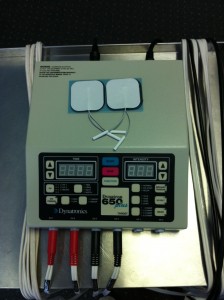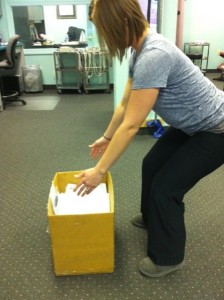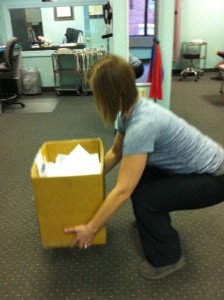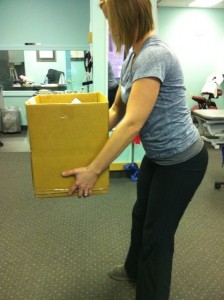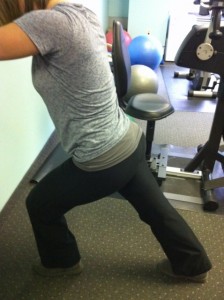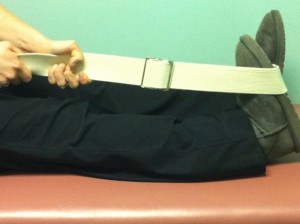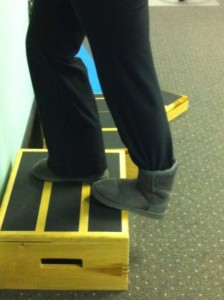Many people receive massages to relieve stress and relax their mind and body. Physical Therapists use massage techniques along with exercise to achieve functional improvements. Physical therapists are trained to perform therapeutic massages to promote healing of an injury. Not all physical therapy patients receive massage techniques. The use of massage techniques for your specific condition is determined by your physical therapist.
Some benefits of massage are increasing joint flexibility, promoting tissue regeneration, decreasing scar tissue, decreasing swelling, decreasing muscle spasms, relaxing overused muscles, improving circulation, decreasing stress, improving posture, decreasing blood pressure, managing pain, and increasing range of motion.
If you are interested in learning more about the use of therapeutic massage for your condition, please contact us.

